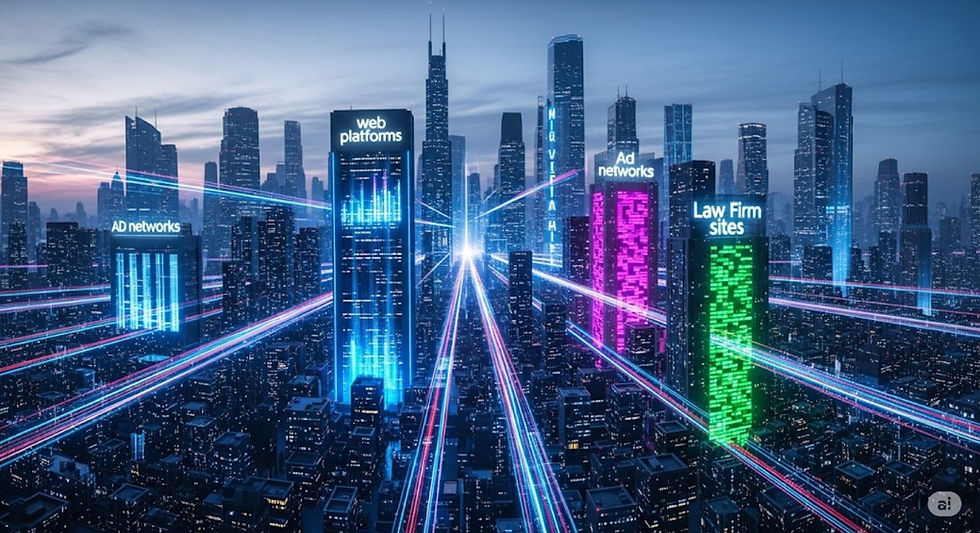GPT‑5 Is Here. Early Impressions?
- Ayven Dodd

- Aug 9
- 3 min read

ChatGPT-5 launched on August 7, and shortly after, the reviews were split. Some call it faster, smarter, and more useful. Others say it’s lost personality, gives shorter answers, and can forget what you said five minutes ago.
Quick Recap: GPT-4 vs GPT-4.5
In February of 2025, GPT-4.5 was a quiet but solid step up from GPT-4. It had fewer hallucinations, better pattern recognition, and smoother interaction. For most professionals, it became the default because it was predictable and capable without much hand-holding. Plus, the update was also widely received with positive feedback.
What GPT-5 Does Better
The biggest upgrade is smart routing. GPT-5 now decides on its own whether to give you a quick answer or switch into a slower, more analytical “deep thinking” mode. That means you can fire off a small task and get a fast reply, or drop in a complex document and let it take its time building a detailed response.
It also posts stronger scores across writing, coding, math, health, and visual reasoning benchmarks. The health-related gains are especially noticeable. GPT-5 ranks much higher on HealthBench, producing more proactive, tailored, and safe responses on medical topics. It still isn’t a doctor, but it's closer.
Tone control is another addition. You can choose from preset personalities such as concise, persuasive, or supportive. This lets you skip the long prompt instructions. It is faster, but whether these presets truly replace a carefully tuned style guide is still up for debate.
Finally, according to OpenAI, GPT-5 delivers more accurate results than GPT-4o in many cases, with fewer hallucinations and stronger reasoning. OpenAI has stated that GPT-5 has 45% fewer factual errors than the previous model. That said, “fewer” doesn’t mean “none,” so fact-checking remains essential.
New Integrations
GPT-5 also comes with new integration capabilities… but they’re gated behind the $200/month Pro subscription. It can connect directly to Gmail, Google Calendar, and Google Contacts, allowing it to pull up your schedule and flag important emails.
The catch? Less than 10% of ChatGPT users pay for Chat’s services at all. Which means that even fewer users will enjoy the integration tools for the time being. Even so, it’s now clear OpenAI is moving toward working inside your daily tools instead of outside them!
Best Uses So Far
In its early days, GPT-5 shows promise in drafting emails faster, automating repetitive document edits, reviewing long meeting transcripts, and summarizing complex industry documents with greater accuracy. The health-related improvements also make it more useful in practices that overlap with medical topics.
User Criticisms (Early Days)
For all its upgrades, GPT-5 hasn’t escaped pushback. Early adopters report shorter, more sterile answers, with GPT-4o still winning on personality. The smart routing can be inconsistent, leading to uneven quality mid-conversation. Long-form context handling is still shaky, and it can forget earlier points in the same thread. Many custom GPT workflows that ran flawlessly in older versions now break or behave unpredictably. Hallucinations also persist, even if less often.
Watch For in 30 Days
GPT-5 is a faster, more connected version of ChatGPT. For some, it will be an instant upgrade. For others, there is much to be desired. These observations come less than a week in. After 30 days of real use, I’ll post an update with a broader perspective and more to compare. I’ll be watching to see whether context memory improves with updates and if OpenAI fixes the custom GPT breakage that’s slowing down power users. Until then, give ChatGPT-5 a try!
Ayven Dodd advises attorneys, law firms, and investors on everything from legal AI to MSOs, ABS models, and M&A. He serves as a Legal AI and M&A Consultant, helping firms modernize without losing their edge. Reach him at ad@sheltonsteele.com






Comments